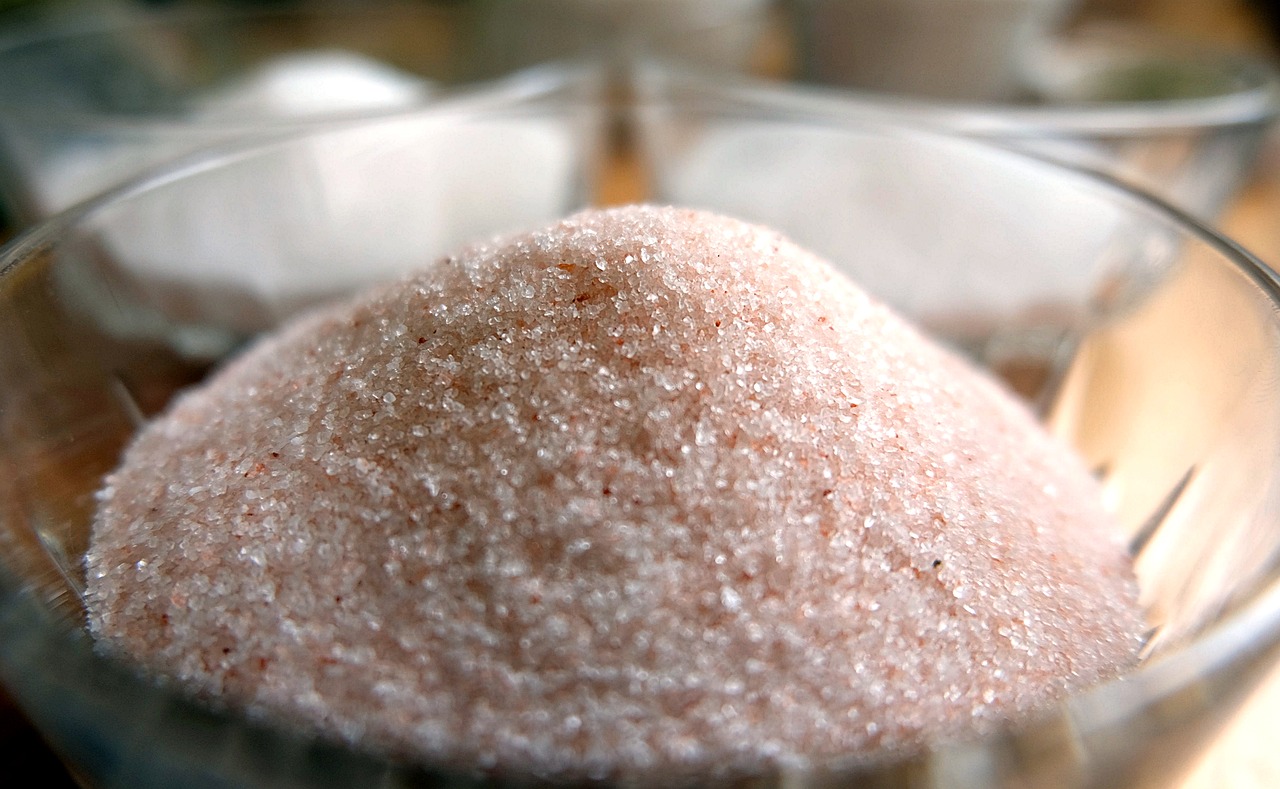
Many people I work with paint me a similar picture about their health:
They eat a very clean diet based on whole foods, and avoid anything processed. But they feel absolutely terrible.
They suffer from light-headedness, nausea and debilitating headaches. They’re baffled as to why they feel so lousy despite eating so well. Some also say, “I don’t even put salt on my food.” And therein lies the problem.
We all know that too much salt is bad for us. Health reports and eating guides caution readers all the time about too high sodium in the body, and why it’s best to avoid restaurant and processed foods that are laden with salt.
But what happens if you have too little sodium in the body?
Too little sodium is an uncommon condition for people who eat the standard North American diet (a diet based on processed foods – boxed cereals, jarred sauces, canned soups, junk and fast food, etc.). It is, however, a more common experience for people who eat a whole foods-based diet because natural foods don’t always have high enough levels of sodium to meet our body’s daily needs. It’s also common in athletes who lose a lot of sodium through sweating and don’t replace it with electrolyte drinks.
Sodium is an electrolyte and therefore critical for fluid balance, blood pressure, muscle and nerve function, and even adrenal function. Too little sodium intake can lead to low blood sodium (hyponatremia) and is characterized by:
- fatigue and low energy
- nausea and vomiting
- irritability and confusion
- light headedness, dizziness
- headaches
- weakness
The foods that are naturally high in sodium are salt and sea vegetables (dulse, kombu, kelp, etc.) so if you’re not adding these to your daily diet you may not be getting enough sodium (particularly if you’re both a clean eater and an active person). It is recommended that adults have about 1,500 milligrams of sodium per day (unless you have high blood pressure, in which case consult your doctor about appropriate amounts of sodium).
What does 1,500 milligrams a day look like? Simply adding a pinch of unrefined sea salt to your meals will give you an adequate supply of sodium for the day. You can even add a pinch to your water first thing in the morning to nourish your adrenals!
If you are planning to add more salt to your diet, please make sure you’re using a good quality, unrefined sea salt. I use pink Himalayan salt for its iron content. The white, refined table salt is unfortunately the equivalent of white refined sugar. But that story is for another day…



